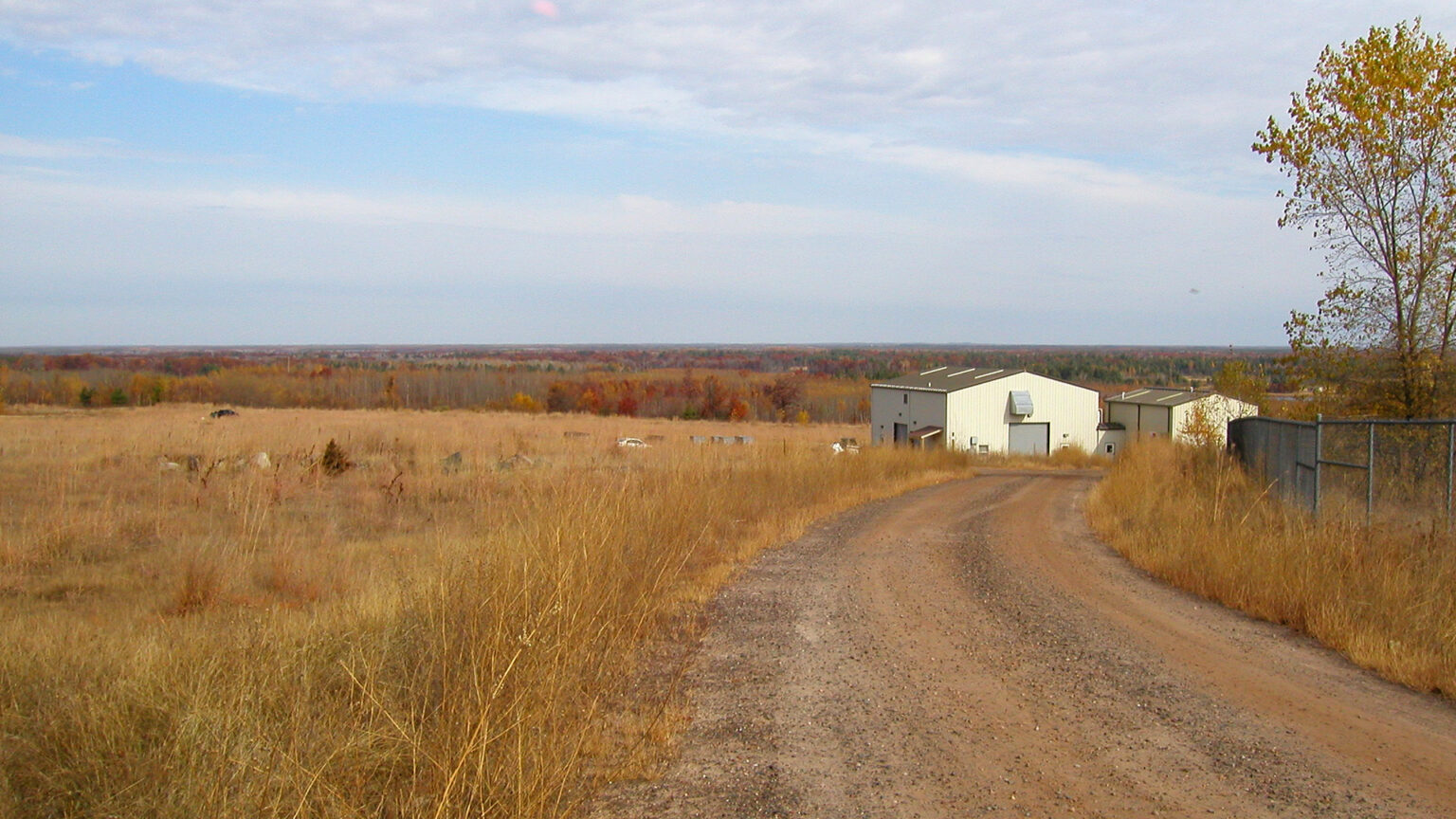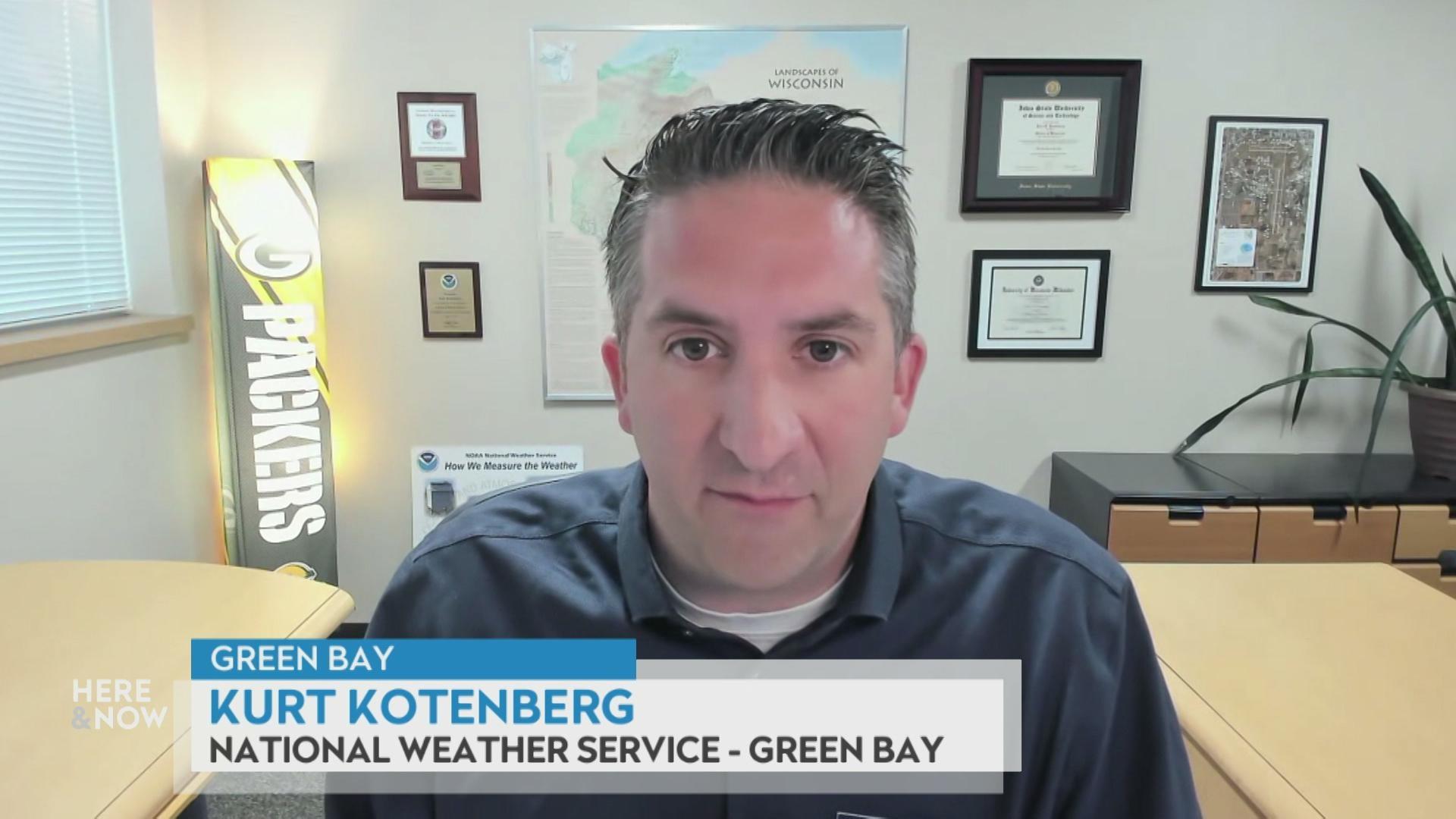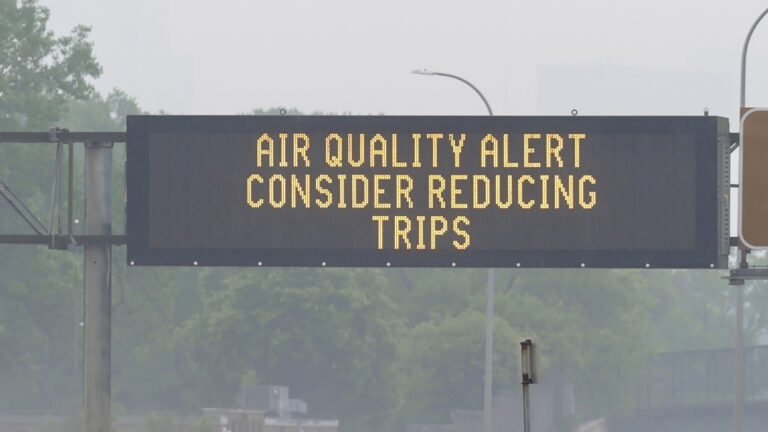Chemical spill site in Burnett County gets $1.4 million in federal infrastructure funding
A Burnett County property that previously was the location of a wood treatment facility is one of 49 across the nation scheduled for cleanup of toxic substances.
The Badger Project
July 5, 2022 • Northern Region

The former location of Penta Wood Products, located in Daniels in Burnett County, is an EPA Superfund hazardous waste site. (Courtesy of the Wisconsin Department of Natural Resources)

By Nathan Denzin, The Badger Project
After many years, the cleanup of toxic chemicals in a little town in northern Wisconsin can finally continue.
As part of President Joe Biden’s 2021 Bipartisan Infrastructure Law, $3.5 billion was allotted for the cleanup of backlogged contamination sites. In the first wave of funding, a site in Daniels, Wisconsin — an unincorporated town near the Minnesota border — was chosen to receive financial support, the Environmental Protection Agency announced in December.
The Wisconsin Department of Natural Resources announced in May it had received $1.4 million in federal funds. Work is scheduled to start in summer and continue into the winter.
“For more than 100 years, the upper Midwest was the nation’s industrial center,” Debra Shore, an EPA Regional Administrator, said in a release. “But when factories and mills closed they left behind a legacy of toxic sites that are challenging to clean up.”
The Daniels site once housed Penta Wood Products, a wood treatment facility that operated from 1953 to 1992, according to the EPA. The business used a chemical called pentachlorophenol, an industrial wood preservative, to treat posts and telephone poles by dipping them in an open tank. The chemical must now be removed or neutralized, the EPA said.
Penta Wood dumped wastewater into a gully, resulting in soil and groundwater contaminated with pentachlorophenol and arsenic, the EPA said. The DNR first investigated Penta Wood in 1986 and found the contamination.
Excavation of soil near the wetlands is scheduled for late summer or early fall, said Celine Wysgalla, a project manager for the EPA.
High doses of those chemicals can be deadly in groundwater in the short term, and long-term effects include various cancers and skin discoloration or soreness, according to the World Health Organization.
Penta Wood voluntarily closed in 1992 after the Wisconsin Department of Justice filed an injunction due to the contamination, and a court ruled that Penta Wood had to pay to remove contaminated soil, according to the EPA. Penta Wood said it could not afford the price of removal, leading to a fine of $37,400 for damages.
In 1996, the EPA designated the property a Superfund site, which allows the federal agency to clean it up.
The EPA removed approximately 28 storage tanks filled with “liquid and sludge,” plus thousands of gallons of a mixture of chemicals and oil, the agency said. It also removed some soil and wood chips, and stabilized more with a concrete mixture. It built a water treatment system alongside groundwater extraction wells.
Since then, the site has seen only slight changes, as the EPA — and starting in 2014, the DNR — monitored the progress made by those cleanup structures.
“This is work we’ve been trying to do for a while,” Wysgalla said. “Addressing the backlog of sites that we have that need work done in of itself is a success.”
The EPA has conducted a review every five years since construction of the cleanup structures was completed, with the most recent in 2020. That report found that PCP and arsenic levels in the ground surrounding the area are still high, which could pose a threat in the long term.
“This is a great opportunity to address some of these sites that have been waiting for a little while,” Tim Fischer, an EPA Remedial Branch Manager said. “Through the infrastructure law, we have enough funding to start on all of those sites.”
The DNR said it plans to excavate more soil near wetlands around the 80-acre property with the federal money.
The EPA has identified 56 chemical spill sites in Wisconsin, and more than 1,800 across the country. Many of these sites in Wisconsin are near Madison or Milwaukee. Racial minorities and those below the poverty level are more likely to live within a mile of a chemical spill, according to a 2020 EPA study.
Editor’s note: Nathan Denzin reported this story for The Badger Project, and subsequently started working as a reporter for PBS Wisconsin.
 Passport
Passport











Follow Us